Augusto Salazar
Counting Cells in Time-Lapse Microscopy using Deep Neural Networks
Jan 31, 2018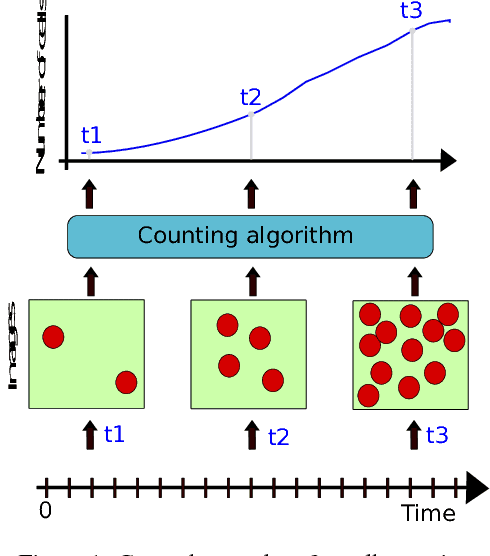

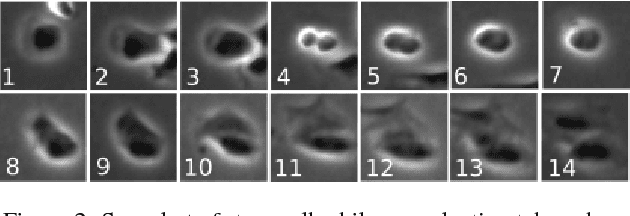
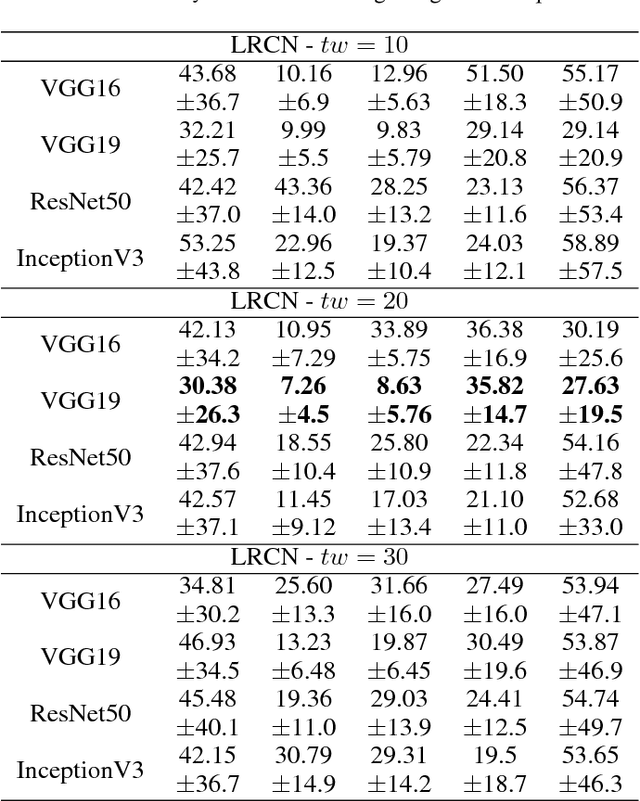
Abstract:An automatic approach to counting any kind of cells could alleviate work of the experts and boost the research in fields such as regenerative medicine. In this paper, a method for microscopy cell counting using multiple frames (hence temporal information) is proposed. Unlike previous approaches where the cell counting is done independently in each frame (static cell counting), in this work the cell counting prediction is done using multiple frames (dynamic cell counting). A spatiotemporal model using ConvNets and long short term memory (LSTM) recurrent neural networks is proposed to overcome temporal variations. The model outperforms static cell counting in a publicly available dataset of stem cells. The advantages, working conditions and limitations of the ConvNet-LSTM method are discussed. Although our method is tested in cell counting, it can be extrapolated to quantify in video (or correlated image series) any kind of objects or volumes.
Camera-trap images segmentation using multi-layer robust principal component analysis
Dec 30, 2017
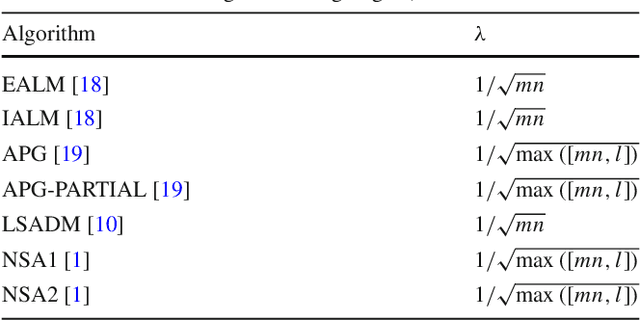
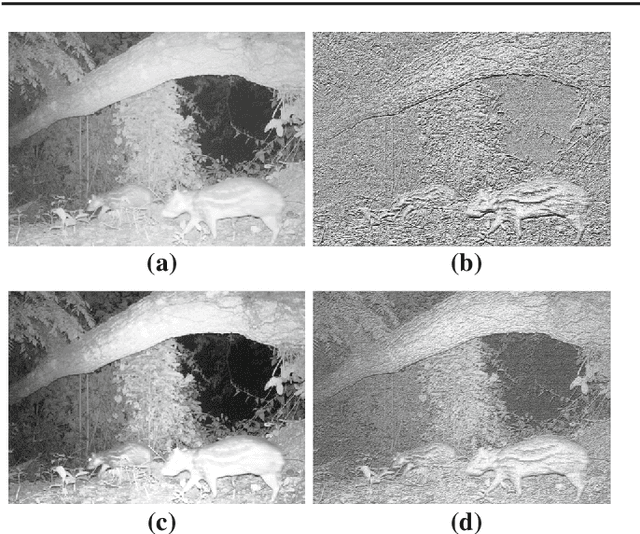
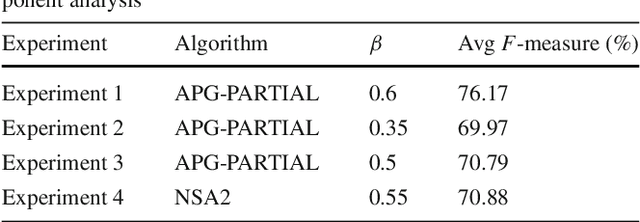
Abstract:The segmentation of animals from camera-trap images is a difficult task. To illustrate, there are various challenges due to environmental conditions and hardware limitation in these images. We proposed a multi-layer robust principal component analysis (multi-layer RPCA) approach for background subtraction. Our method computes sparse and low-rank images from a weighted sum of descriptors, using color and texture features as case of study for camera-trap images segmentation. The segmentation algorithm is composed of histogram equalization or Gaussian filtering as pre-processing, and morphological filters with active contour as post-processing. The parameters of our multi-layer RPCA were optimized with an exhaustive search. The database consists of camera-trap images from the Colombian forest taken by the Instituto de Investigaci\'on de Recursos Biol\'ogicos Alexander von Humboldt. We analyzed the performance of our method in inherent and therefore challenging situations of camera-trap images. Furthermore, we compared our method with some state-of-the-art algorithms of background subtraction, where our multi-layer RPCA outperformed these other methods. Our multi-layer RPCA reached 76.17 and 69.97% of average fine-grained F-measure for color and infrared sequences, respectively. To our best knowledge, this paper is the first work proposing multi-layer RPCA and using it for camera-trap images segmentation.
* This is a pre-print of an article published in The Visual Computer. The final authenticated version is available online at: https://doi.org/10.1007/s00371-017-1463-9
Automatic Identification of Scenedesmus Polymorphic Microalgae from Microscopic Images
Oct 23, 2017
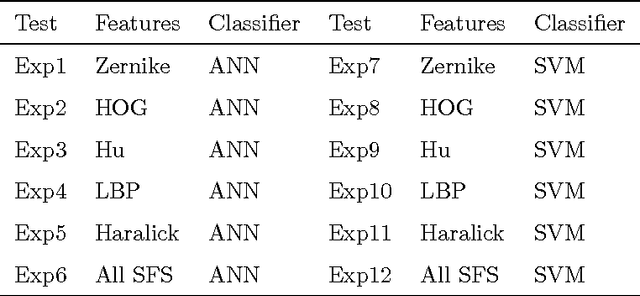
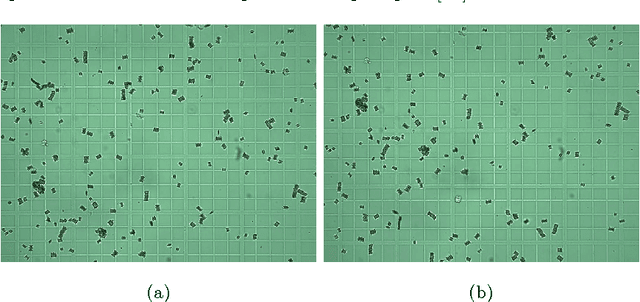

Abstract:Microalgae counting is used to measure biomass quantity. Usually, it is performed in a manual way using a Neubauer chamber and expert criterion, with the risk of a high error rate. This paper addresses the methodology for automatic identification of Scenedesmus microalgae (used in the methane production and food industry) and applies it to images captured by a digital microscope. The use of contrast adaptive histogram equalization for pre-processing, and active contours for segmentation are presented. The calculation of statistical features (Histogram of Oriented Gradients, Hu and Zernike moments) with texture features (Haralick and Local Binary Patterns descriptors) are proposed for algae characterization. Scenedesmus algae can build coenobia consisting of 1, 2, 4 and 8 cells. The amount of algae of each coenobium helps to determine the amount of lipids, proteins, and other substances in a given sample of a algae crop. The knowledge of the quantity of those elements improves the quality of bioprocess applications. Classification of coenobia achieves accuracies of 98.63% and 97.32% with Support Vector Machine (SVM) and Artificial Neural Network (ANN), respectively. According to the results it is possible to consider the proposed methodology as an alternative to the traditional technique for algae counting. The database used in this paper is publicly available for download.
Automatic Recognition of Mammal Genera on Camera-Trap Images using Multi-Layer Robust Principal Component Analysis and Mixture Neural Networks
May 08, 2017

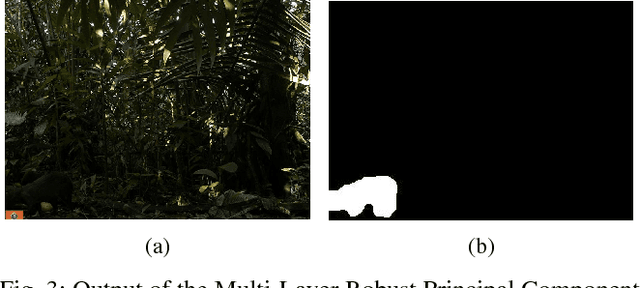
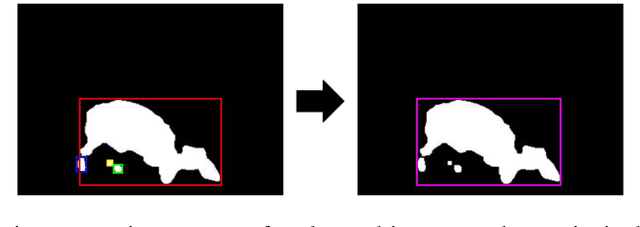
Abstract:The segmentation and classification of animals from camera-trap images is due to the conditions under which the images are taken, a difficult task. This work presents a method for classifying and segmenting mammal genera from camera-trap images. Our method uses Multi-Layer Robust Principal Component Analysis (RPCA) for segmenting, Convolutional Neural Networks (CNNs) for extracting features, Least Absolute Shrinkage and Selection Operator (LASSO) for selecting features, and Artificial Neural Networks (ANNs) or Support Vector Machines (SVM) for classifying mammal genera present in the Colombian forest. We evaluated our method with the camera-trap images from the Alexander von Humboldt Biological Resources Research Institute. We obtained an accuracy of 92.65% classifying 8 mammal genera and a False Positive (FP) class, using automatic-segmented images. On the other hand, we reached 90.32% of accuracy classifying 10 mammal genera, using ground-truth images only. Unlike almost all previous works, we confront the animal segmentation and genera classification in the camera-trap recognition. This method shows a new approach toward a fully-automatic detection of animals from camera-trap images.
Semi-Supervised Recognition of the Diploglossus Millepunctatus Lizard Species using Artificial Vision Algorithms
Nov 09, 2016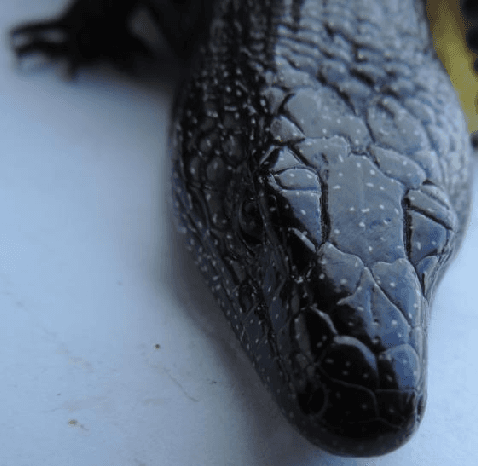



Abstract:Animal biometrics is an important requirement for monitoring and conservation tasks. The classical animal biometrics risk the animals' integrity, are expensive for numerous animals, and depend on expert criterion. The non-invasive biometrics techniques offer alternatives to manage the aforementioned problems. In this paper we propose an automatic segmentation and identification algorithm based on artificial vision algorithms to recognize Diploglossus millepunctatus. Diploglossus millepunctatus is an endangered lizard species. The algorithm is based on two stages: automatic segmentation to remove the subjective evaluation, and one identification stage to reduce the analysis time. A 82.87% of correct segmentation in average is reached. Meanwhile the identification algorithm is achieved with euclidean distance point algorithms such as Iterative Closest Point and Procrustes Analysis. A performance of 92.99% on the top 1, and a 96.82% on the top 5 is reached. The developed software, and the database used in this paper are publicly available for download from the web page of the project.
Towards Automatic Wild Animal Monitoring: Identification of Animal Species in Camera-trap Images using Very Deep Convolutional Neural Networks
Mar 22, 2016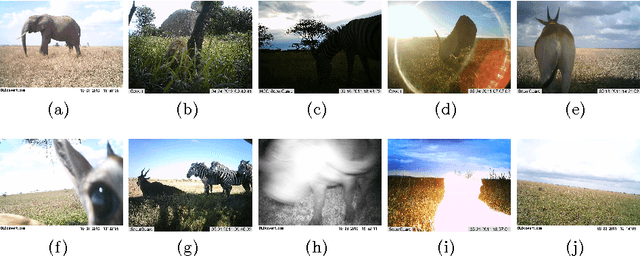
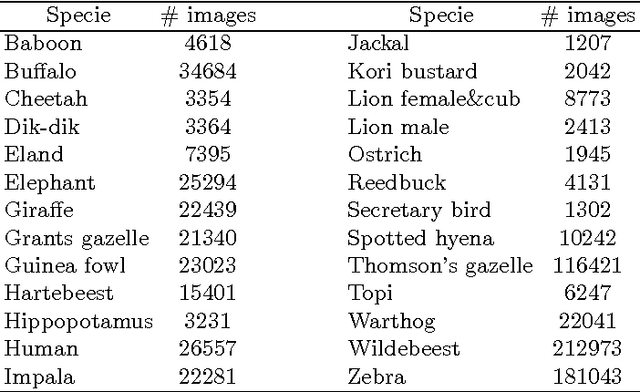


Abstract:Non intrusive monitoring of animals in the wild is possible using camera trapping framework, which uses cameras triggered by sensors to take a burst of images of animals in their habitat. However camera trapping framework produces a high volume of data (in the order on thousands or millions of images), which must be analyzed by a human expert. In this work, a method for animal species identification in the wild using very deep convolutional neural networks is presented. Multiple versions of the Snapshot Serengeti dataset were used in order to probe the ability of the method to cope with different challenges that camera-trap images demand. The method reached 88.9% of accuracy in Top-1 and 98.1% in Top-5 in the evaluation set using a residual network topology. Also, the results show that the proposed method outperforms previous approximations and proves that recognition in camera-trap images can be automated.
Automatic segmentation of lizard spots using an active contour model
Mar 02, 2016

Abstract:Animal biometrics is a challenging task. In the literature, many algorithms have been used, e.g. penguin chest recognition, elephant ears recognition and leopard stripes pattern recognition, but to use technology to a large extent in this area of research, still a lot of work has to be done. One important target in animal biometrics is to automate the segmentation process, so in this paper we propose a segmentation algorithm for extracting the spots of Diploglossus millepunctatus, an endangered lizard species. The automatic segmentation is achieved with a combination of preprocessing, active contours and morphology. The parameters of each stage of the segmentation algorithm are found using an optimization procedure, which is guided by the ground truth. The results show that automatic segmentation of spots is possible. A 78.37 % of correct segmentation in average is reached.
HMM and DTW for evaluation of therapeutical gestures using kinect
Feb 11, 2016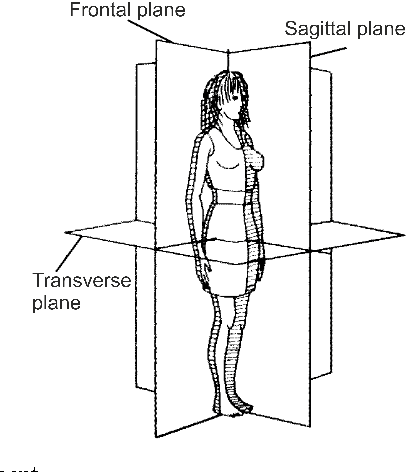
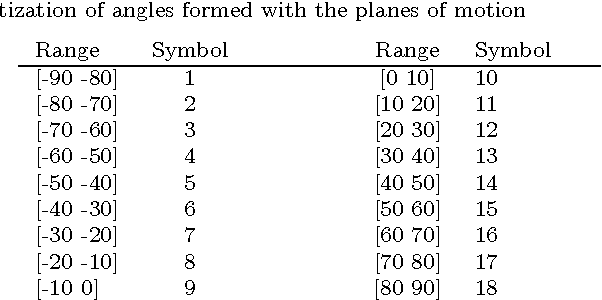
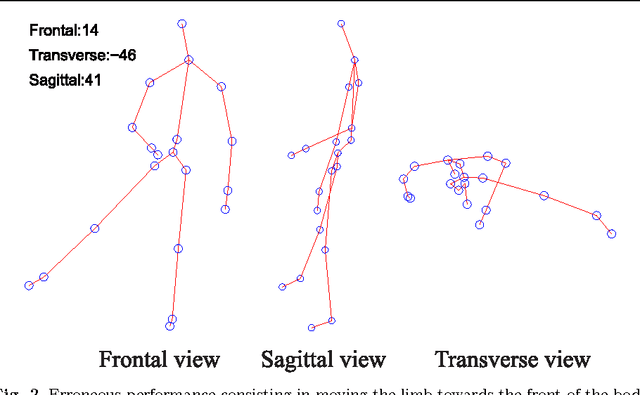
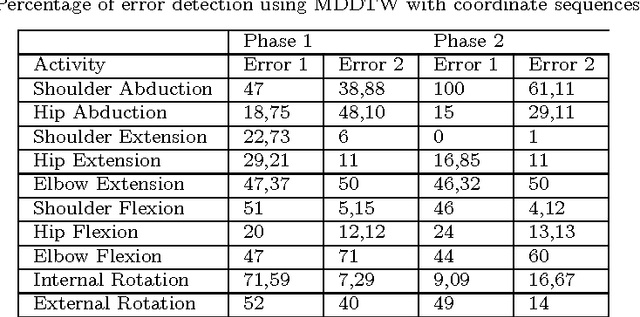
Abstract:Automatic recognition of the quality of movement in human beings is a challenging task, given the difficulty both in defining the constraints that make a movement correct, and the difficulty in using noisy data to determine if these constraints were satisfied. This paper presents a method for the detection of deviations from the correct form in movements from physical therapy routines based on Hidden Markov Models, which is compared to Dynamic Time Warping. The activities studied include upper an lower limbs movements, the data used comes from a Kinect sensor. Correct repetitions of the activities of interest were recorded, as well as deviations from these correct forms. The ability of the proposed approach to detect these deviations was studied. Results show that a system based on HMM is much more likely to determine if a certain movement has deviated from the specification.
A Markov Random Field and Active Contour Image Segmentation Model for Animal Spots Patterns
Oct 26, 2015

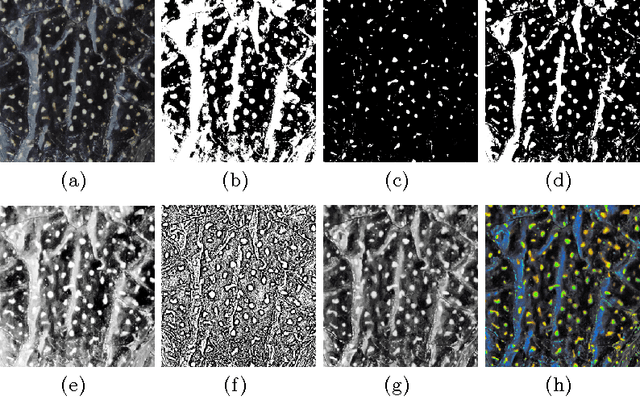
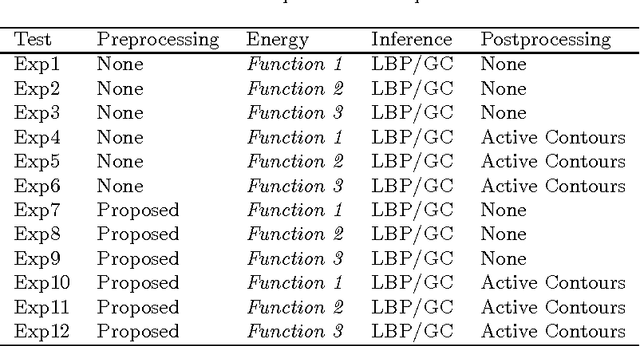
Abstract:Non-intrusive biometrics of animals using images allows to analyze phenotypic populations and individuals with patterns like stripes and spots without affecting the studied subjects. However, non-intrusive biometrics demand a well trained subject or the development of computer vision algorithms that ease the identification task. In this work, an analysis of classic segmentation approaches that require a supervised tuning of their parameters such as threshold, adaptive threshold, histogram equalization, and saturation correction is presented. In contrast, a general unsupervised algorithm using Markov Random Fields (MRF) for segmentation of spots patterns is proposed. Active contours are used to boost results using MRF output as seeds. As study subject the Diploglossus millepunctatus lizard is used. The proposed method achieved a maximum efficiency of $91.11\%$.
Review of Statistical Shape Spaces for 3D Data with Comparative Analysis for Human Faces
May 04, 2014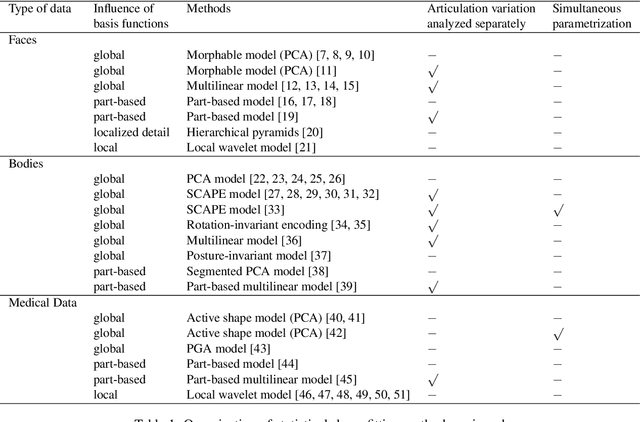
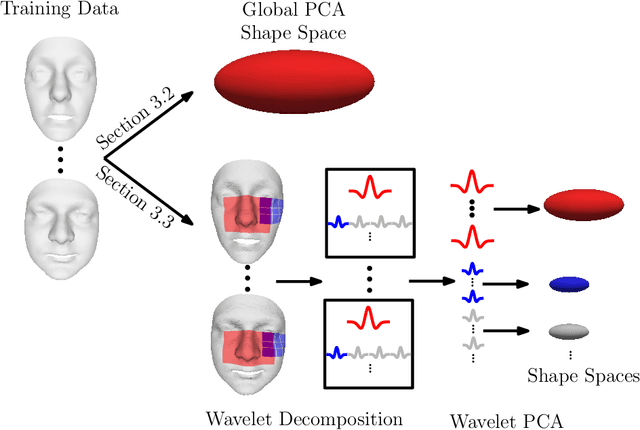
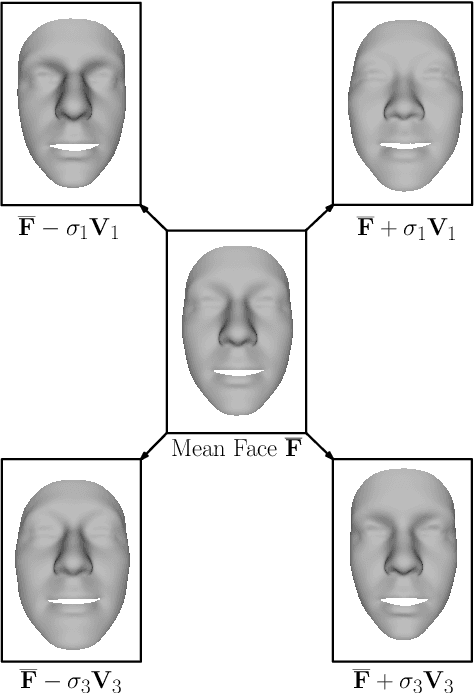
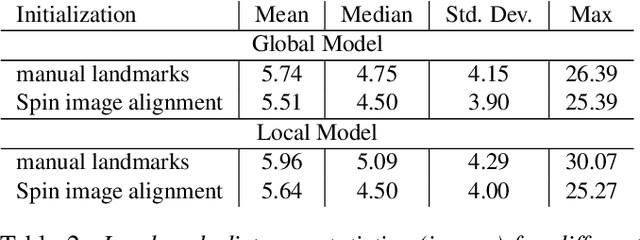
Abstract:With systems for acquiring 3D surface data being evermore commonplace, it has become important to reliably extract specific shapes from the acquired data. In the presence of noise and occlusions, this can be done through the use of statistical shape models, which are learned from databases of clean examples of the shape in question. In this paper, we review, analyze and compare different statistical models: from those that analyze the variation in geometry globally to those that analyze the variation in geometry locally. We first review how different types of models have been used in the literature, then proceed to define the models and analyze them theoretically, in terms of both their statistical and computational aspects. We then perform extensive experimental comparison on the task of model fitting, and give intuition about which type of model is better for a few applications. Due to the wide availability of databases of high-quality data, we use the human face as the specific shape we wish to extract from corrupted data.
* revised literature review, improved experiments, statistical models and code published
 Add to Chrome
Add to Chrome Add to Firefox
Add to Firefox Add to Edge
Add to Edge